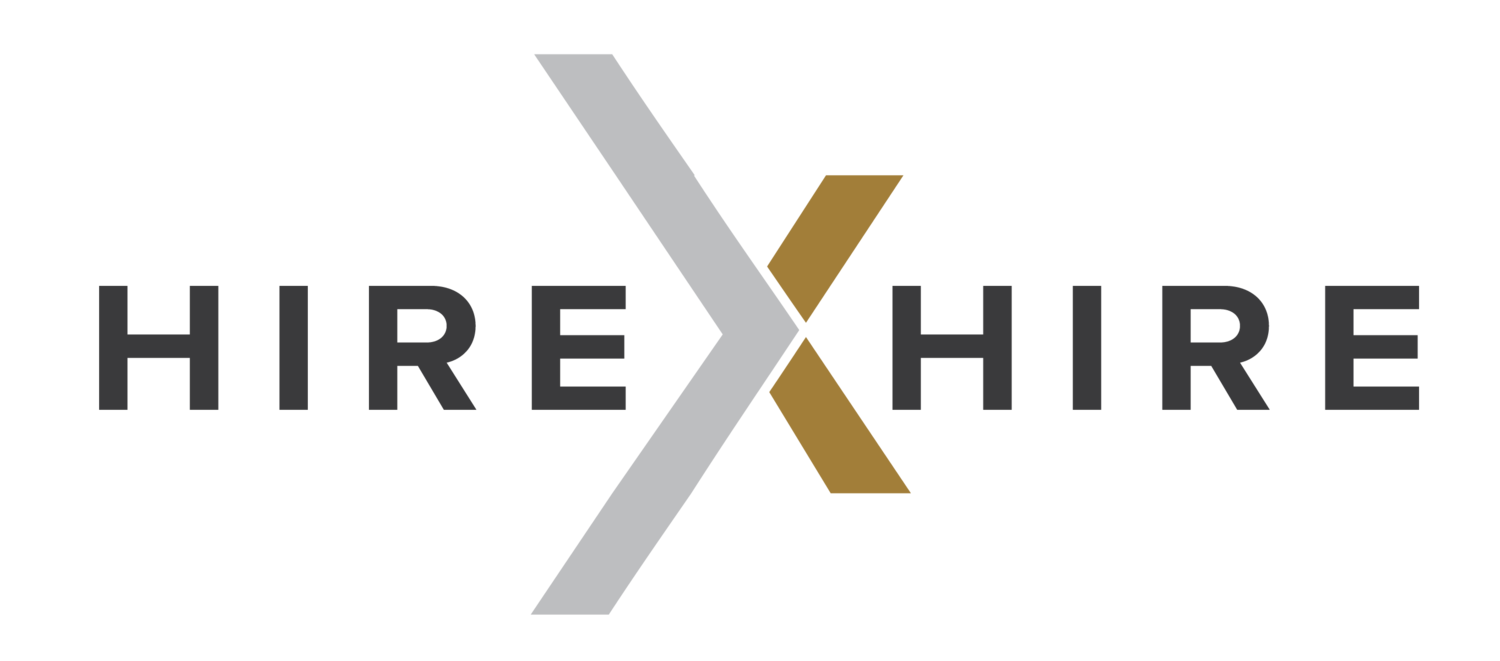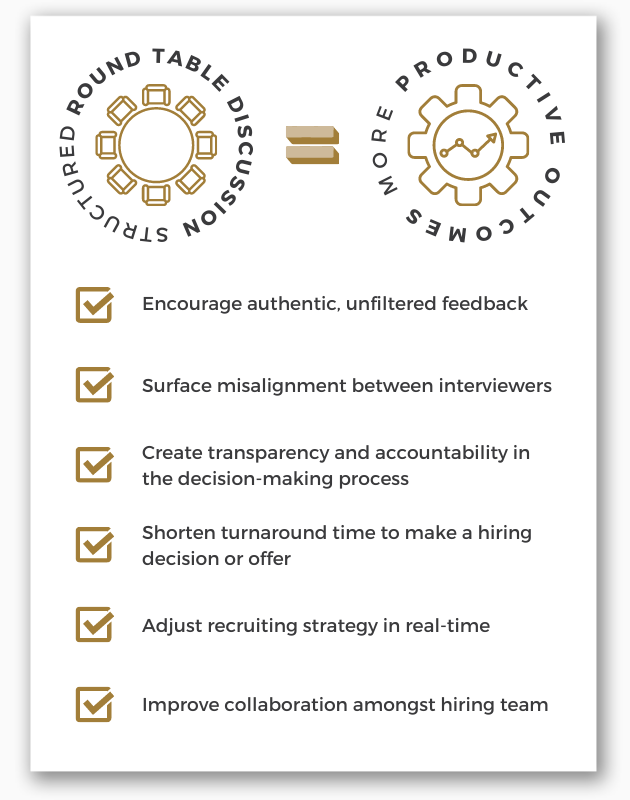5-Step Recruiting Framework to Hire the Right Talent: Intro to the Process
You have earned your business growth – Congratulations!
You have endured the late nights, self-doubt, and social life sacrifices to get your business off the ground and positioned for growth. Now, whether you’re hiring your 1st or 100th employee, what is more exciting than expanding your team?
Perhaps you experienced a major business event that spawned your rapid expansion, such as a round of fundraising, launching a new product, or entering into new markets. Whatever the case, demand for talent is up and you must quickly (but strategically) add to the team.
So, now you need to hire… what next?
Scan through the thought-starter questions to take a pulse check on how prepared you are to hire.
No need to worry if your answers are ‘no.’
Few rapid growth organizations are so prepared. Set your expectations appropriately. Unfortunately, there is no ‘easy button.’
The hiring process can quickly become an overwhelming task, especially if you do not have an in-house recruiting team or if your human resources manager is independently responsible for the entirety of the talent process on top of their usual day-to-day responsibilities.
In the current economic environment, hiring is particularly challenging because unemployment rates are near all-time-lows and candidates have more inside info than ever before due to resources such as Glassdoor, Facebook, Google Reviews, and more.
You’re not alone. Nearly three-quarters of employers report struggles in finding highly skilled candidates.
If You’re Reading This Guide, You’re Most Likely Looking for a Simpler Solution to Hiring The Right Talent.
We’ve pulled together a HirexHire crash course to owning your recruiting process, outlining our five-step hiring framework, including tools and resources so you can take action.
Do You Need Recruitment Support to Build Your Team? Contact Us.
5-Step Recruiting Framework
Introduction & Overview
Follow our simple, pragmatic process to start building your recruiting autonomy while providing a positive candidate experience.
This is a brief introduction to each phase of the 5-Step Recruiting Framework and free tools and resources to support you every step of the way. Subscribe to our newsletter at the bottom of the page or follow us on LinkedIn to make sure you never miss a post.
Step 1: Build Your Candidate Pipeline
You can predict the success of your recruiting process before you interact with a single candidate. It’s Simple Math: If you don’t find enough qualified candidates, it is unlikely that you will find the right person to fill your role.
Begin building your candidate pipeline with these 3 Actions:
Leverage a free Applicant Tracking System to post the role to job aggregators and other niche sites relevant to your industry to track inbound applications.
Nurture and request referrals from your current employees and from your collective company network.
Research a pool of qualified passive candidates and engage them directly about your opportunity.
The next post in our series will walk you through the three foundational steps above, including how to vary the approach based on if the role is a generalist (ex: content writer) versus a highly technical position (ex: engineers). We will also include Key Performance Indicators (KPI’s) to measure and predict your pipeline success.
Step 2: Narrow Your Funnel with Phone Interviews
Your candidate pipeline is filling up, you’ve handpicked some resumes and profiles that stood out from the pack. Now it is time to conduct a phone interview to pre-screen the basics before inviting candidates to move further in the process.
In Step 2, you will get answers to these questions:
Who should conduct the phone interview?
What is the ideal structure for a phone interview and what skills/traits should be evaluated?
How do you set up the phone interview?
What is our recommended format for sharing feedback after a phone interview?
Freebie Tools & Resources to look forward to:
An interview outline
Sample interview questions to guide you through the process
Step 3: Master Onsite Interviews
Once a candidate has been pre-screened and greenlit after their phone interview, the third step of the hiring process is on-site and in-person interviews with a broader group of your hiring team.
In Step 3, you will get answers to these questions:
Who should be included in the onsite interview?
What is the ideal structure of the interview and what skills/traits should be evaluated?
How do you coordinate the onsite interview?
What is our recommended format for sharing feedback after an onsite interview?
Freebie Tools & Resources to look forward to:
Best practices and resources to align your interview team
An outline of specific discussion points you won’t want to miss during the interview
Step 4: Incorporate a Role-Related Scenario
Step 4 is the action most often missed or dismissed but tremendously important. Many companies will qualify a candidate after a successful in-person interview, but Step 4 allows you to vet the candidate by more deeply exploring a role-related task or situation to objectively showcase their skills and personality.
In Step 4, you will get answers to these questions:
Who should be involved?
What should the “ask” be and how will do you evaluate success or failure?
What types of situations and structures are appropriate?
How do you prepare the candidate for what to expect?
Freebie Tools & Resources to look forward to:
Example projects for candidates in a variety of roles
Including: Accounting and Finance, Sales, Engineering, Research and Development, Human Resources, and Marketing
Job Aptitude Assessment Examples
Step 5: Formalize Offers & Onboarding
You have identified a final candidate and are ready to make an offer.
Step 5 ensures you do your due diligence to professionally prepare for and support your new employee.
In Step 5, you will get answers to these questions:
What should you do after you’ve qualified the candidate but before presenting the offer?
How do you present an offer to a candidate?
What information should you include in the candidate’s offer packet?
How do you ensure a positive experience after a candidate accepts but before they start?
Freebie Tools & Resources to look forward to:
A list of the most commonly asked questions from a final candidate
An outline of what to include in the offer letter
Confidence in your recruiting process
If you have any comments or questions, you can always submit the contact form or send me an email at mike@hirexhire.com.
Need help building your pragmatic Recruiting Framework?
Connect With HirexHire







